Several people have recently asked me for a simple way to quantify the spectral efficiency gains that we can expect from Massive MIMO. In theory, going from 4 to 64 antennas is just a matter of changing a parameter value. However, many practical issues need be solved to bring the technology into reality and the solutions might only be developed if we can convince ourselves that the gains are sufficiently large.

While there is no theoretical upper limit on how spectrally efficient Massive MIMO can become when adding more antennas, we need to set some reasonable first goals. Currently, many companies are trying to implement analog beamforming in a cost-efficient manner. That will allow for narrow beamforming, but not spatial multiplexing.
By following the methodology in Section 3.3.3 in Fundamentals of Massive MIMO, a simple formula for the downlink spectral efficiency is:
(1) 
where ![]() is the number of base-station antennas,
is the number of base-station antennas, ![]() is the number of spatially multiplexed users,
is the number of spatially multiplexed users, ![]() is the quality of the channel estimates, and
is the quality of the channel estimates, and ![]() is the number of channel uses per channel coherence block. For simplicity, I have assumed the same pathloss for all the users. The variable
is the number of channel uses per channel coherence block. For simplicity, I have assumed the same pathloss for all the users. The variable ![]() is the nominal signal-to-noise ratio (SNR) of a user, achieved when
is the nominal signal-to-noise ratio (SNR) of a user, achieved when ![]() . Eq. (1) is a rigorous lower bound on the sum capacity, achieved under the assumptions of maximum ratio precoding, i.i.d. Rayleigh fading channels, and equal power allocation. With better processing schemes, one can achieve substantially higher performance.
. Eq. (1) is a rigorous lower bound on the sum capacity, achieved under the assumptions of maximum ratio precoding, i.i.d. Rayleigh fading channels, and equal power allocation. With better processing schemes, one can achieve substantially higher performance.
To get an even simpler formula, let us approximate (1) as
(2) ![]()
by assuming a large channel coherence and negligible noise.
What does the formula tell us?
If we increase ![]() while
while ![]() is fixed , we will observe a logarithmic improvement in spectral efficiency. This is what analog beamforming can achieve for
is fixed , we will observe a logarithmic improvement in spectral efficiency. This is what analog beamforming can achieve for ![]() and, hence, I am a bit concerned that the industry will be disappointed with the gains that they will obtain from such beamforming in 5G.
and, hence, I am a bit concerned that the industry will be disappointed with the gains that they will obtain from such beamforming in 5G.
If we instead increase ![]() and
and ![]() jointly, so that
jointly, so that ![]() stays constant, then the spectral efficiency will grow linearly with the number of users. Note that the same transmit power is divided between the
stays constant, then the spectral efficiency will grow linearly with the number of users. Note that the same transmit power is divided between the ![]() users, but the power-reduction per user is compensated by increasing the array gain
users, but the power-reduction per user is compensated by increasing the array gain ![]() so that the performance per user remains the same.
so that the performance per user remains the same.
The largest gains come from spatial multiplexing
To give some quantitative numbers, consider a baseline system with ![]() and
and ![]() that achieves 2 bit/s/Hz. If we increase the number of antennas to
that achieves 2 bit/s/Hz. If we increase the number of antennas to ![]() , the spectral efficiency will become 5.6 bit/s/Hz. This is the gain from beamforming. If we also increase the number of users to
, the spectral efficiency will become 5.6 bit/s/Hz. This is the gain from beamforming. If we also increase the number of users to ![]() users, we will get 32 bit/s/Hz. This is the gain from spatial multiplexing. Clearly, the largest gains come from spatial multiplexing and adding many antennas is a necessary way to facilitate such multiplexing.
users, we will get 32 bit/s/Hz. This is the gain from spatial multiplexing. Clearly, the largest gains come from spatial multiplexing and adding many antennas is a necessary way to facilitate such multiplexing.
This analysis has implicitly assumed full digital beamforming. An analog or hybrid beamforming approach may achieve most of the array gain for ![]() . However, although hybrid beamforming allows for spatial multiplexing, I believe that the gains will be substantially smaller than with full digital beamforming.
. However, although hybrid beamforming allows for spatial multiplexing, I believe that the gains will be substantially smaller than with full digital beamforming.

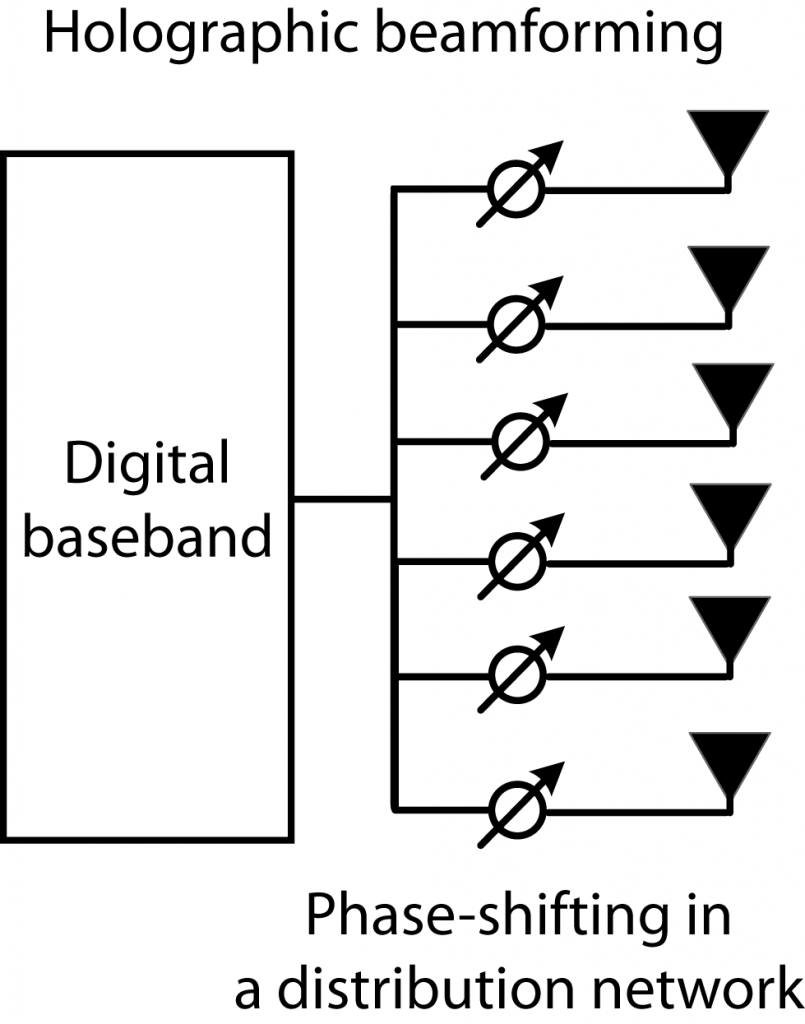 Will the futuristic-sounding holographic beamforming make Massive MIMO obsolete? Not at all, because this is a new implementation architecture, not a new beamforming scheme or spatial multiplexing method. According to the
Will the futuristic-sounding holographic beamforming make Massive MIMO obsolete? Not at all, because this is a new implementation architecture, not a new beamforming scheme or spatial multiplexing method. According to the 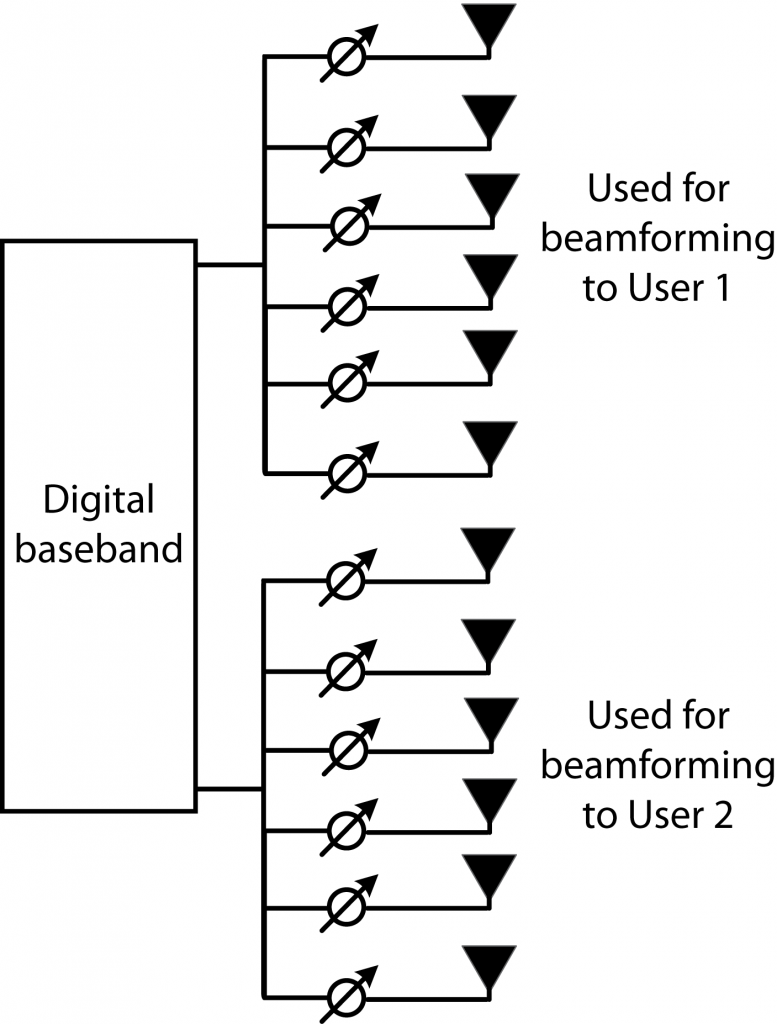
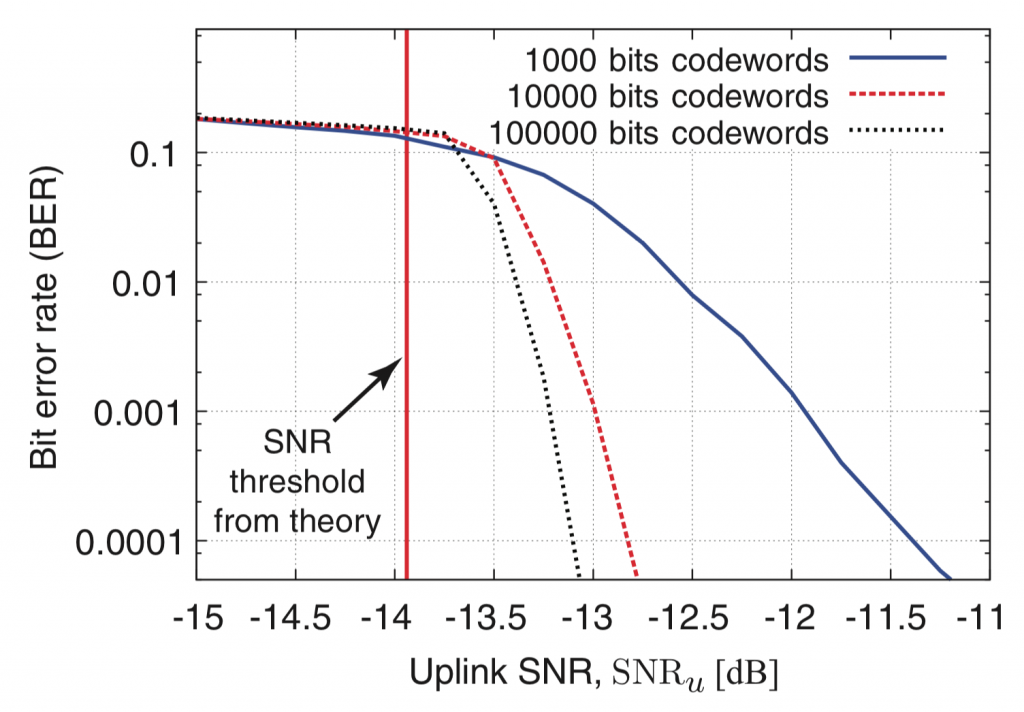
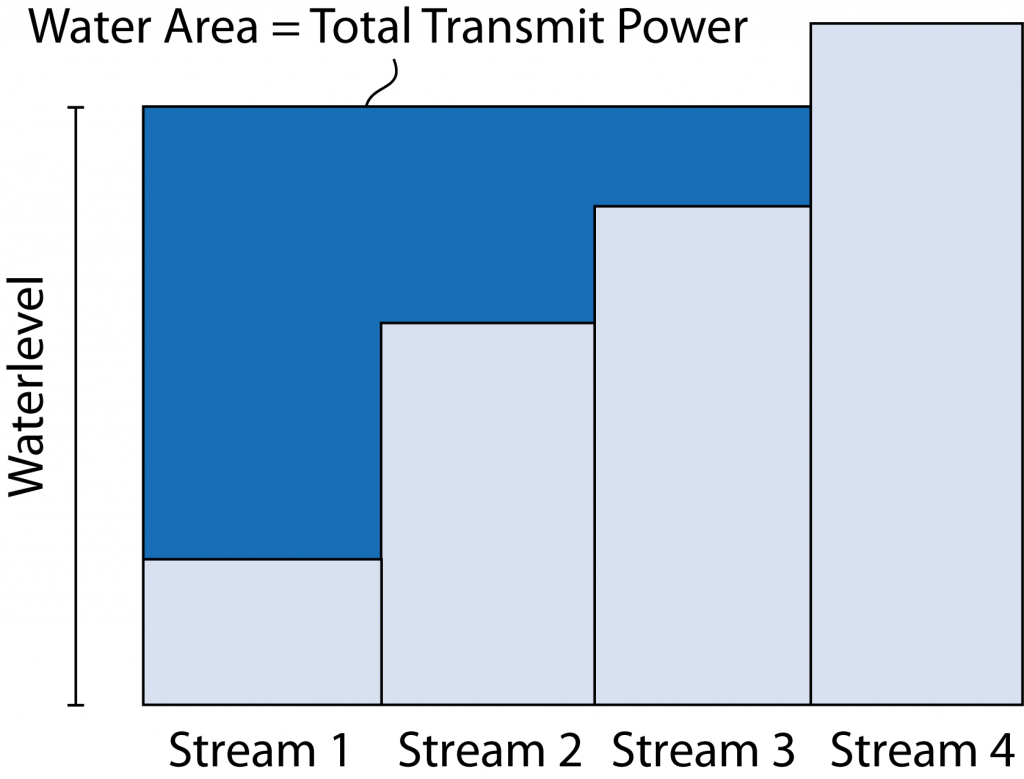
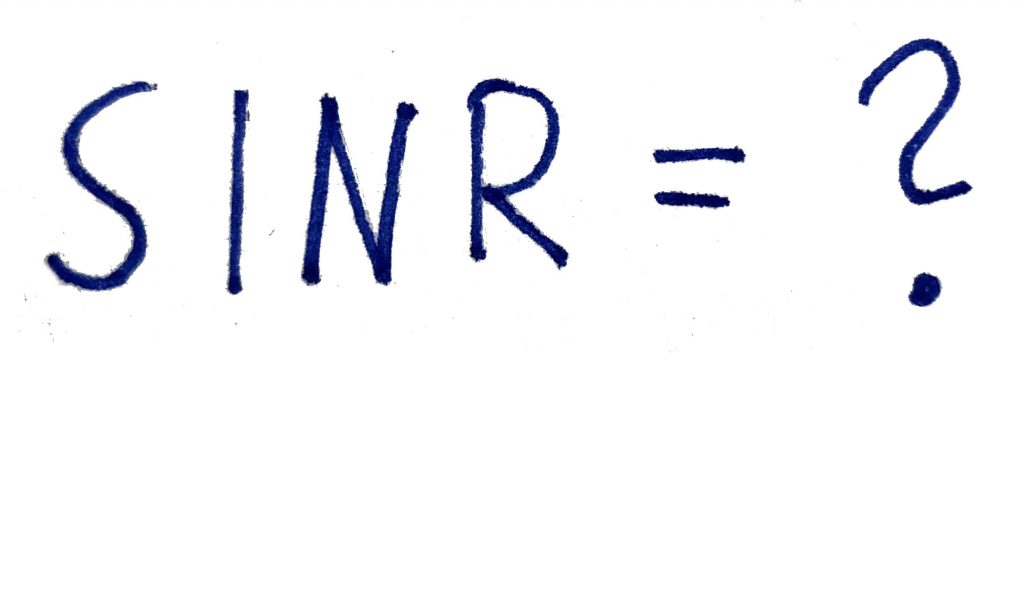 In most cases, the receiver only has imperfect CSI and then it is harder to measure the performance. In fact, it took me years to understand this properly. To explain the complications, consider the uplink of a single-cell Massive MIMO system with
In most cases, the receiver only has imperfect CSI and then it is harder to measure the performance. In fact, it took me years to understand this properly. To explain the complications, consider the uplink of a single-cell Massive MIMO system with 



